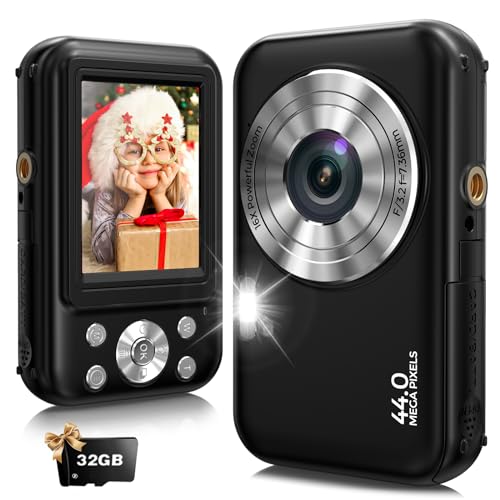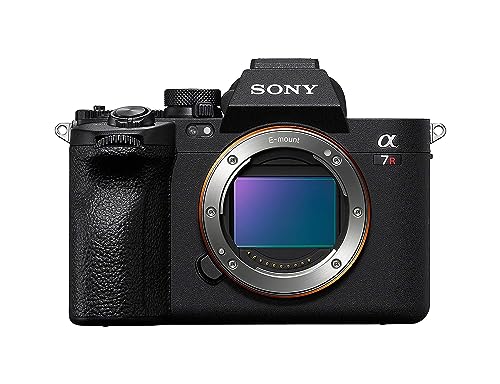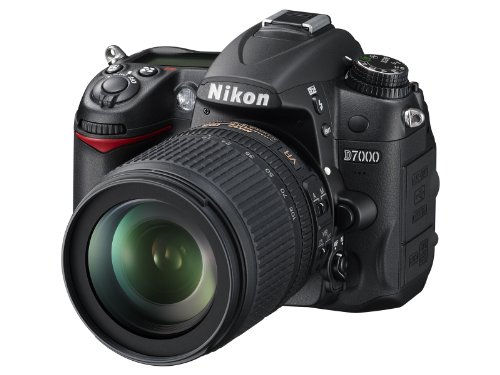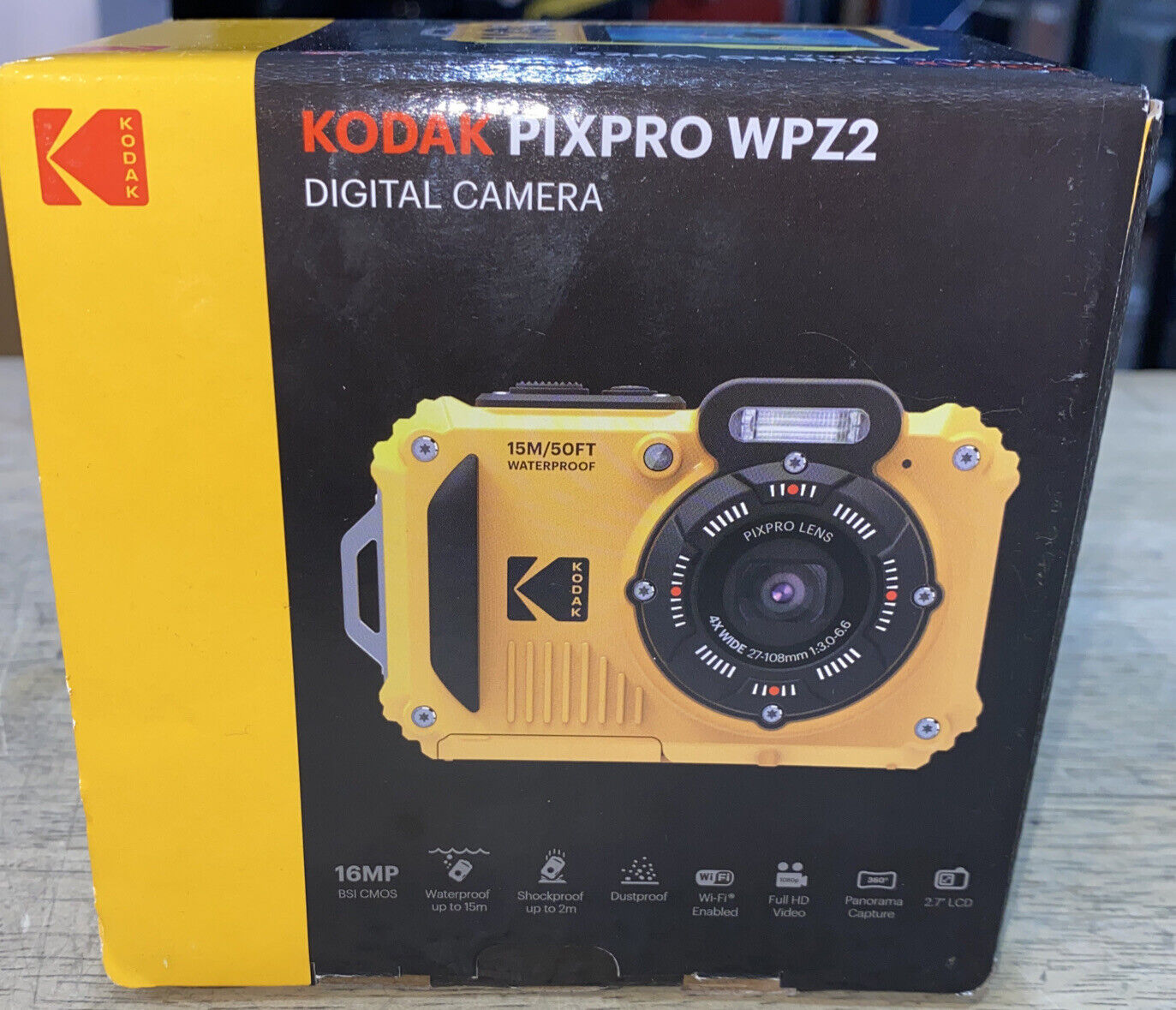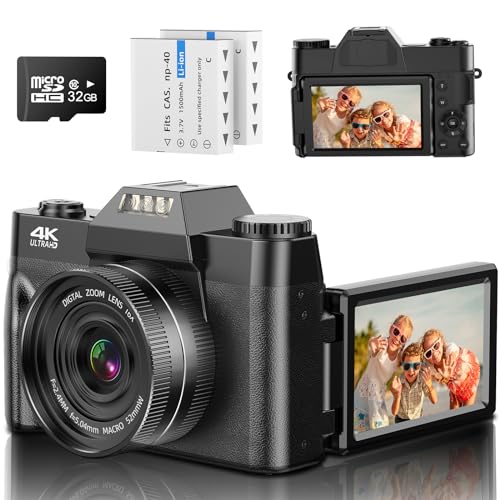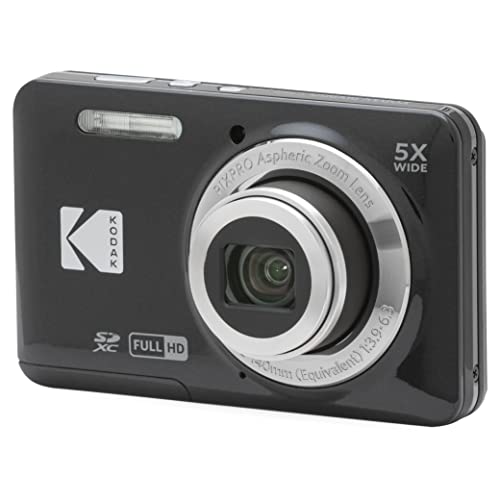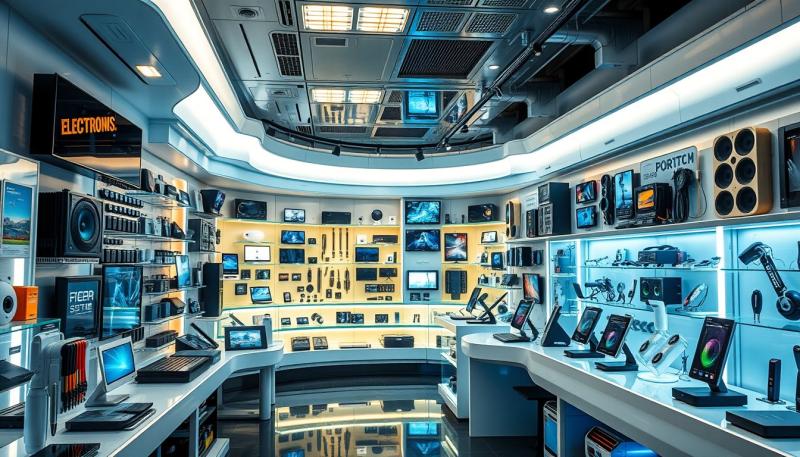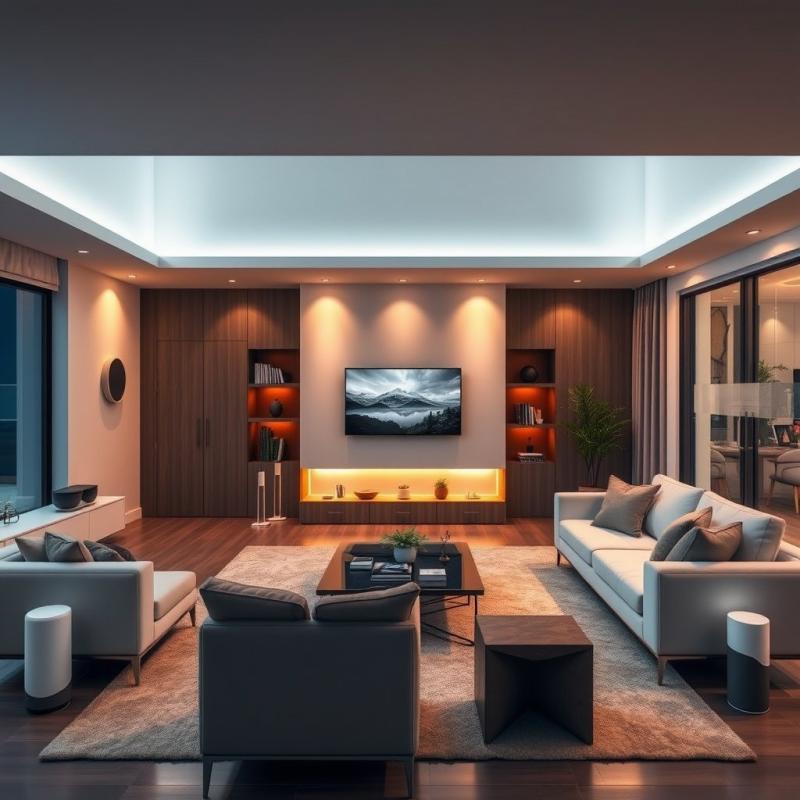In today's digital age, photography has become more accessible and popular than ever before. With an array of advanced features, improved image quality, and sleek designs, digital cameras continue to evolve, making it challenging to select the perfect one for your needs. In this comprehensive guide, we'll navigate through the key factors to consider when choosing a digital camera, empowering you to make an informed decision and capture breathtaking moments with confidence.
Determine your photography needs:
Before diving into the technical aspects, it's crucial to understand your photography goals and shooting preferences. Are you an aspiring professional photographer, a travel enthusiast, or simply looking to document precious family moments? Identifying your needs will help narrow down your options and find the camera that best suits your style.
Camera Types:
There are three main types of digital cameras to choose from: compact point-and-shoot, mirrorless, and digital single-lens reflex (DSLR) cameras. Each has its own advantages and drawbacks, depending on your desired use and skill level.
a. Compact Point-and-Shoot Cameras:
Ideal for beginners and casual users.
Lightweight, portable, and easy to use.
Limited manual controls but often feature automatic modes for convenience.
Great for everyday photography, travel, and social media sharing.
Compact Digital Camera with FHD 1080P, 44MP
Capture every moment in stunning detail with this compact digital camera featuring FHD 1080P capabilities and an impressive 44MP resolution
Product information
Product Review Score
4.54 out of 5 stars
14 reviewsProduct links
b. Mirrorless cameras:
It combines the convenience of a compact camera with advanced features and interchangeable lenses.
Excellent image quality and performance.
Perfect for photographers seeking more creative control and versatility.
Suitable for travel, street, portrait, and landscape photography.
Sony A7R V Mirrorless Camera
Capture stunning high-resolution images with the Sony A7R V, the ultimate mirrorless camera for gadget enthusiasts
Product information
$3,898.00
Product Review Score
4.86 out of 5 stars
78 reviewsProduct links
c. DSLR cameras:
The go-to choice for professional photographers and serious hobbyists.
Exceptional image quality, superior speed, and a vast range of accessories.
Advanced manual controls and extensive customization options.
Suitable for all genres of photography, including sports, wildlife, and studio work.
Nikon D7000 DSLR Camera - Black with 18-105mm VR
Capture and share stunning moments with the Nikon D7000 DSLR Camera in Black, equipped with an 18-105mm VR lens
Product information
$360.97
Product Review Score
4.29 out of 5 stars
10 reviewsProduct links
Sensor Size and Megapixels:
The sensor is the heart of a digital camera, responsible for capturing light and converting it into an image. Sensor size greatly influences image quality, low-light performance, and depth of field control. While higher megapixels are often considered desirable, it's important to strike a balance between resolution and other factors like sensor size and pixel quality.
Lens Options:
For interchangeable lens cameras (mirrorless and DSLR), the lens is as important as the camera body. Consider the available lens ecosystem, as it determines the range of focal lengths and creative possibilities. Research the availability, quality, and cost of lenses that suit your photographic interests.
Image Stabilization:
Blurry images can be frustrating, especially in low-light conditions or when shooting handheld. Look for cameras with built-in optical or in-body image stabilization (OIS/IBIS) to counteract camera shake and ensure sharp images.
Low-Light Performance and ISO Range:
If you often shoot in low-light environments, pay attention to a camera's low-light performance and ISO range. Look for models with larger sensors, wider ISO ranges, and good noise reduction algorithms to capture stunning images in challenging lighting conditions.
Autofocus System:
A responsive and accurate autofocus system is crucial, particularly for action or wildlife photography. Look for cameras with advanced autofocus technologies, such as phase-detection autofocus (PDAF) or hybrid autofocus (HAF), for improved tracking and focus accuracy.
Ergonomics and User Interface:
Ensure the camera feels comfortable in your hands and offers intuitive controls. Consider factors such as button layout, touchscreen interface, menu navigation, and the availability of customizable options to enhance your shooting experience.
Video Capabilities:
For those interested in videography, evaluate a camera's video capabilities, including resolution, frame rates, autofocus during recording, and microphone input options. Look for models that support 4K video recording if you desire high-quality footage.
Budget Considerations:
Finally, determine your budget and prioritize your photography needs accordingly. Remember that investing in lenses and accessories is equally important as the camera body, so allocate a portion of your budget for future upgrades.
Conclusion:
Choosing the perfect digital camera is a thrilling endeavor, as it opens up endless creative possibilities. By considering factors such as camera type, sensor size, lens options, image stabilization, low-light performance, autofocus system, ergonomics, video capabilities, and budget, you can confidently find the camera that suits your needs and allows you to capture stunning photographs for years to come. Remember to read trusted reviews and seek advice from professionals to make a well-informed decision.
Check out the great cameras available
References:
Digital Photography School: https://digital-photography-school.com/
DPReview: https://www.dpreview.com/
B&H Photo Video: https://www.bhphotovideo.com/
Canon USA: https://www.usa.canon.com/
Nikon: https://www.nikonusa.com/
